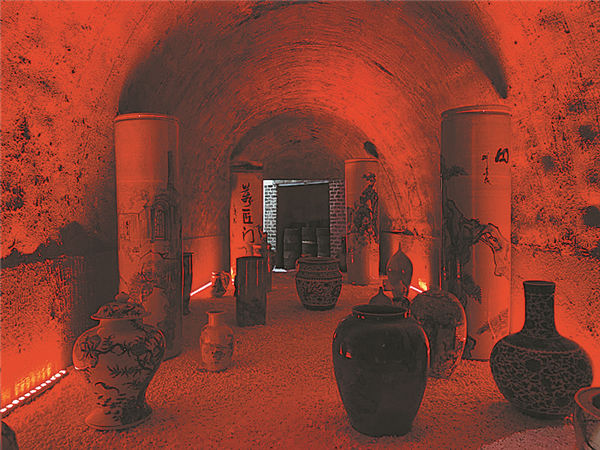
Reborn in flames

Tang Ying, the supervisor of imperial ceramic kilns under the reign of Emperor Qianlong of the Qing Dynasty (1644-1911), said it was the burning fire that turned clay into porcelain ware. The kiln is where the clay, glaze and color pigments transformed clay into beautiful items. A variety of porcelain items, featuring diverse patterns and colored glazes — famed in Chinese art history — were a result of consistent experiments of artisans working at such kilns. Manufacturing and Firing, a long-term exhibition at the Chinese Traditional Culture Museum, showcases the diligence and creativity of those that contributed to ceramic-making in Jingdezhen, hailed as the country's time-honored "porcelain capital" in Jiangxi province. It shows over 100 objects fired at the kilns, some of which were created in old classical styles and others in modern types. For ceramic lovers, knowing how a kiln works is the first step in a journey to truly understand the brilliance of Chinese ceramic art and the hard work behind it throughout centuries.
9 am-5 pm, closed on Mondays. 16 Hujing East Road, Chaoyang district, Beijing. 010-8799-1866.